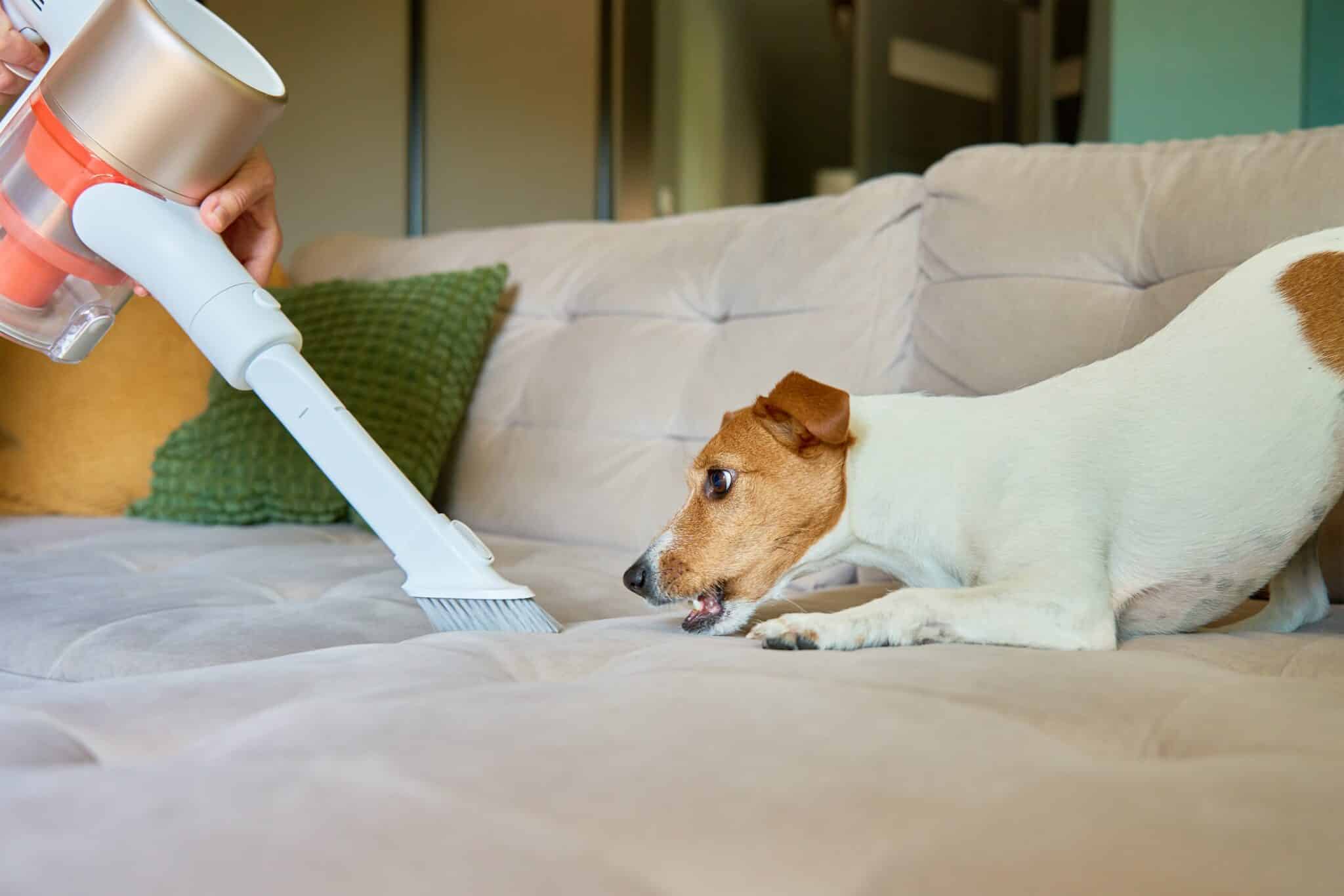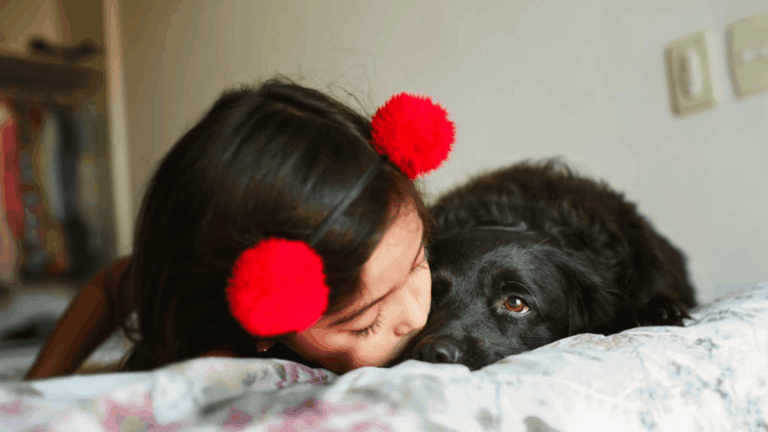Choosing a dog for a child is a big decision. It becomes even more important when allergies are part of the picture. Some children have reactions to pet dander, which can lead to sneezing, itchy eyes, or more serious issues like asthma. In such cases, a hypoallergenic dog may help reduce allergic reactions. But not all hypoallergenic dogs are alike, and picking the right one for a child involves more than checking if it shaeds.
This guide explains what to look for in hypoallergenic breeds, how to match them with your child’s personality, and why some breeds are better suited for families than others.
What “Hypoallergenic” Really Means
The term “hypoallergenic” often gives the impression that a dog won’t cause any allergic reaction at all. That’s not entirely accurate. No dog is completely free of allergens. However, hypoallergenic breeds produce fewer allergens or shed less dander and hair than other breeds. This can make a difference for kids with mild to moderate pet allergies.
Most allergens come from a dog’s skin cells, saliva, and urine — not just its fur. Some dogs have coats that trap dander rather than letting it spread, while others shed very little, reducing the spread of allergens around the home.
Understand Your Child’s Needs
Before picking a dog, consider your child’s age, activity level, and allergy sensitivity. Some kids may do fine around low-shedding breeds, while others may need even stricter allergen control. Is the child calm or energetic? Do they like to play outside or prefer indoor activities? These questions help in finding a breed that matches both energy levels and allergy needs.
Also, think about how much time the family can dedicate to grooming and cleaning. Some hypoallergenic breeds require regular brushing or professional grooming to stay allergy-friendly. For families planning to buy puppies online, it’s important to research each breed’s grooming needs and temperament before making a decision. Not all hypoallergenic dogs are alike, and choosing based on appearance alone can lead to unexpected challenges.
Small Breeds with Low Shedding
For families living in apartments or with younger children, small hypoallergenic dogs are often a good fit. These breeds are easier to handle and typically produce less dander.
Examples include:
Maltese – A gentle dog with a long, silky coat that doesn’t shed much. Regular grooming is needed, but its calm nature makes it good for children.
Yorkshire Terrier – Small in size but full of energy, this breed has hair more like human hair, reducing the amount of loose fur in the home.
Havanese – Friendly and playful, this breed has a wavy coat that doesn’t shed much. It’s also known to form strong bonds with kids.
While these dogs are small, they still need attention, training, and plenty of play. Regular grooming is key to keeping their coats clean and allergen levels low.
Medium to Large Breeds for Active Kids
For children who are more active and enjoy outdoor play, a medium or large hypoallergenic breed might be better. These dogs often have higher energy levels and enjoy running, walking, and other physical activities.
Examples include:
Poodle (Miniature or Standard) – Intelligent and trainable, Poodles come in different sizes. Their curly coats trap dander, but they require consistent grooming. They’re known to be great with kids.
Portuguese Water Dog – This strong, active breed loves swimming and exercise. It has a dense, curly coat and sheds very little.
Soft Coated Wheaten Terrier – Friendly and bouncy, this breed has a soft, silky coat that doesn’t shed heavily. It’s an ideal match for playful children.
Choosing a larger breed may require more space and time for training, but they can make excellent companions for children who enjoy active play.
Consider Temperament and Behavior
Allergy-friendly traits are important, but a dog’s behavior matters just as much. Not all hypoallergenic dogs are naturally patient or gentle with children. Some may be anxious, while others might not tolerate rough play.
Look for breeds known for being gentle, friendly, and trainable. These qualities help the dog bond with children and become a safe part of the household. Breeds like the Labradoodle, a mix of Labrador Retriever and Poodle, are often praised for their gentle nature and hypoallergenic coat. However, mixed breeds can vary, so it’s wise to meet the dog and learn about its background before making a decision.
Grooming and Home Care Matter

Even with the right breed, maintaining a low-allergen environment takes effort. Regular grooming helps remove loose hair and dander before it spreads. Bathing the dog weekly (with a vet-approved shampoo) can also lower allergen levels.
At home, using air purifiers, vacuuming carpets, and keeping the dog out of bedrooms can help reduce allergy symptoms. Wash the dog’s bedding often, and teach children to wash their hands after playing with the dog.
In some cases, allergy medications or allergy shots might still be needed, depending on the severity of the child’s allergies.
Adoption and Trial Periods
It’s wise to spend time with a breed before bringing it home. Many shelters and breeders offer trial periods or foster programs. This gives families a chance to see how the child reacts to the dog without committing immediately.
Adopting from a shelter can also be a good option, especially since many adult dogs already have training. While puppies are cute, they may be too energetic or unpredictable for younger kids with allergies.
Final Thoughts
Choosing the right hypoallergenic dog for a child means finding a breed that fits both the child’s allergy needs and personality. It’s not only about low shedding but also about the dog’s temperament, grooming requirements, and how it fits into the family’s daily life. Families who plan to buy puppies online should take extra care to research breeds and ask questions before making a decision. With proper planning and care, the right dog can bring joy, companionship, and comfort without triggering allergies.


















